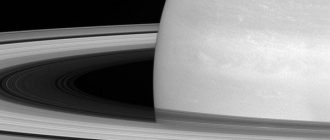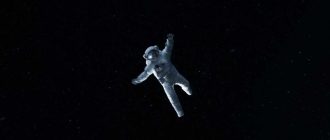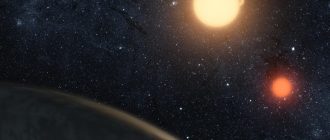
A little more than five years ago, humanity only assumed that gravitational waves exist.
Now data is coming in at an astonishing rate. Over the six months of last year, the LIGO-Virgo collaboration detected an average of 1.5 gravitational wave events per week.
From April 1 to October 1, 2019, the upgraded LIGO and Virgo interferometers recorded 39 new gravitational-wave events: shock waves arising in space-time as a result of massive collisions of neutron stars or black holes. In total, the Catalog of Gravitational Wave Transients 2 (GWTC-2) now has 50 such events.
This gave us the most complete census of black holes, which not only have never been discovered before, but can also reveal previously unknown depths of evolution and details of the life of binary stars.
“Gravitational wave astronomy is revolutionary: it reveals the hidden life of black holes and neutron stars,” said astronomer Christopher Berry of Northwestern University and a member of the LIGO Scientific Collaboration (LSC).
“In just five years, we have gone from ignorance of the existence of binary black holes to a catalog of over 40. The third series of observations brought more discoveries than ever before. Combining them with earlier discoveries gives an excellent picture of the rich diversity of binary systems in the universe. '
A new population of mergers of black holes and neutron stars is described in four preprints.
LIGO has uploaded the preprints to their website while they are awaiting peer review. They can be found here, here, here and here.
Sources: Photo: (Aaron M. Geller, Northwestern University / CIERA)






